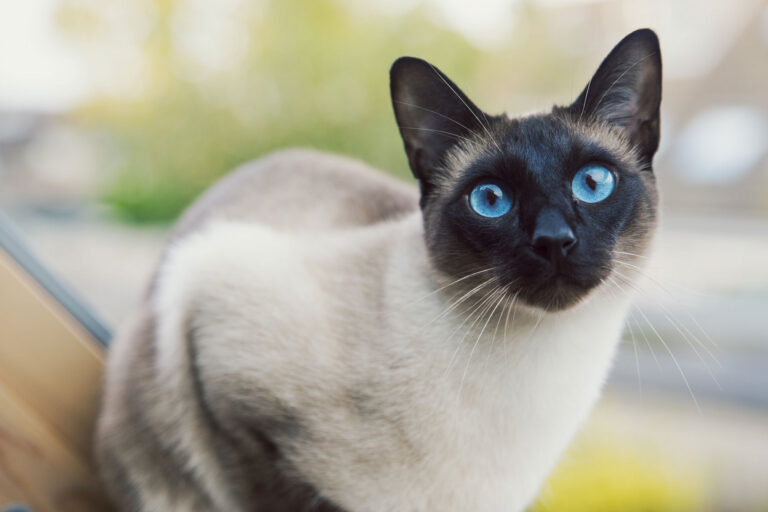As cat owners, our furry companions bring endless joy. But hidden dangers lurk in both cozy homes and exciting outdoor spaces – toxins that can pose serious health risks. This article sheds light on common indoor and outdoor toxins for cats, offering practical solutions to keep your feline friend safe and healthy.
Understanding Indoor Toxins for Cats:
Your seemingly secure home might harbor unexpected threats. From cleaning products to houseplants, everyday items can be poisonous to curious cats.
• Cleaning Products:
Beware of products containing bleach, ammonia, or harsh chemicals – these can be toxic if ingested. Opt for pet-safe cleaning products whenever possible.
• Houseplants:
Certain plants like lilies, philodendrons, and poinsettias are highly toxic to cats. Research and remove any harmful plants from your home.
• Choking Hazards:
String, rubber bands, or small toys can present choking hazards. Keep these items out of reach and provide your cat with plenty of safe, stimulating toys.
Navigating Outdoor Hazards:
The great outdoors offers adventure, but also new dangers:
• Pesticides & Antifreeze:
Pesticides used in gardens and antifreeze leaking from cars are highly toxic. Keep these products secured and inaccessible to your cat.
• Toxic Plants:
Many outdoor plants are poisonous to cats. Familiarize yourself with common dangers in your region.
• Wildlife & Insects:
Encounters with snakes, spiders, or bees can result in injuries or poisoning. Keep a watchful eye on your cat outdoors.
• Outdoor Pollutants:
Cigarette smoke and vehicle emissions can harm your cat’s respiratory health. Limit exposure to these pollutants whenever possible.
Proactive Measures for Protection:
Here’s how to create a safe haven for your feline friend:
• Know Your Toxins:
Research common household toxins and harmful plants. Eliminate or secure them to prevent accidental ingestion.
• Pet-Safe Cleaning:
Choose pet-safe cleaning products and avoid using pesticides or harsh chemicals in areas your cat frequents.
• Indoor Enrichment:
Provide engaging toys and activities to keep your cat entertained and prevent them from chewing on hazardous objects.
• Outdoor Safety:
Consider a secure cat enclosure or supervised outdoor time to minimize exposure to outdoor dangers.
• Regular Checkups:
Schedule regular vet checkups to catch any potential health issues early on, allowing for prompt treatment.
By being vigilant and proactive about indoor and outdoor toxins, you can create a safe and healthy environment for your beloved cat. A little awareness and precaution go a long way in safeguarding their well-being. Let’s commit to creating a loving and nurturing space for our furry friends to thrive!

Dr. Lorie Wiltse’s path to veterinary medicine was marked by a great desire for excellence and a dedication to advance the profession of neurology.
Subscribe my Newsletter for new blog posts. Stay updated from your inbox!










